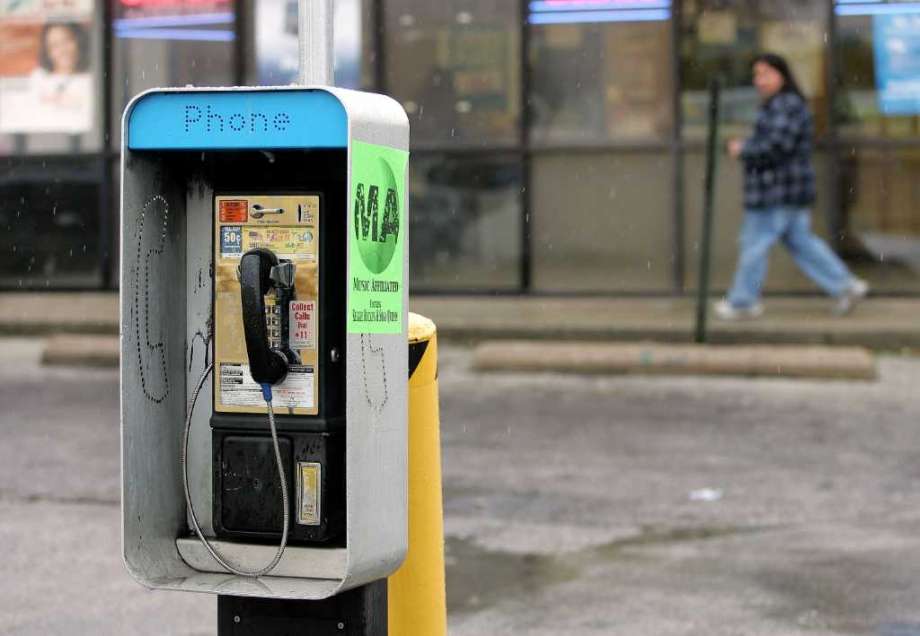I was ridiculed just the other day for suggesting to a friend that he use a payphone to return a call to an unknown number. "Good idea. I'll just strap on my Walkman and mosey on over to the nearest payphone." The joke is on him, it turns out, as payphones still rake in a respectable amount of money.
According to the Canadian Radio-television and Telecommunications Commission's 2017 monitoring report, payphones in Canada brought in $22 million in revenue in 2016. That works out to at least a few calls per day, or around $300 per year, from each of the nearly 60,000 payphones in commission across the country. Who knew?
As Motherboard highlights, that's about on par with payphones in the US based on population size. In 2015, the FCC notes, payphones generated roughly $286 million.
What's interesting here is that, while cutting-edge technology companies like Twitter may be in vogue, they aren't making money. Payphones, the technological dinosaurs from the pre-mobile era, are.

New York City in 2012 announced plans to give phone booths a new lease on life, transforming them into modern-day Wi-Fi access points. The city ultimately moved forward with the idea but it had an unintended side effect in that Wi-Fi kiosks attracted people that would hang around them for hours, do drugs and even use them to watch porn.
What started out as a great idea quickly developed into a nuisance and forced the city to disable web surfing on the kiosks' connected tablets.
